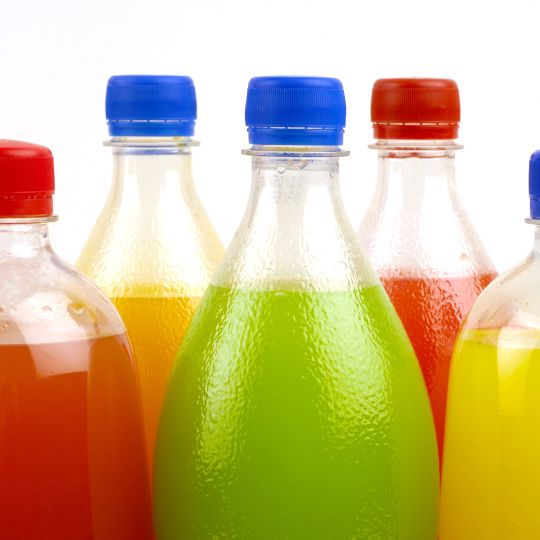We feel it’s important to share articles with valuable health information when we find them.
This recent article by Lauren Gray on the website “Best Life” provides insight into liver disease, which is affecting more and more people in the US.
In her article, “Drinking This Popular Beverage Can Cause Liver Disease – And No, It’s Not Alcohol”, Lauren Gray writes: “Most of us know that drinking too much alcohol is bad for the liver—but we don’t think about nonalcoholic beverages possibly doing damage to that vital organ. Turns out, we should.
“People who drink little to no alcohol may be susceptible to nonalcoholic fatty liver disease (NAFLD), which encompasses a range of liver conditions. When you have NAFLD, too much fat is stored in your liver cells—and though people with this condition rarely report symptoms during the condition’s early stages, NAFLD can ultimately cause nonalcoholic steatohepatitis (NASH), a more advanced condition marked by liver damage and compromised liver function.
“Several factors may increase your risk of NAFLD and NASH, including certain dietary habits that make developing the conditions far more likely. Read on to learn which wildly popular beverage is now known to trigger nonalcoholic fatty liver disease, and how drinking it can wreak havoc on your health.
“In the U.S., non-alcoholic fatty liver disease is the most common form of chronic liver disease. Experts estimate that between one quarter and one third of Americans are affected by NAFLD or NASH.
“Inflammation and liver damage cause people with these conditions to undergo significant changes to their health. “Normally, less than five percent of the liver is fat by weight, but in patients with nonalcoholic steatohepatitis (NASH), as much as 50 percent to 80 percent of liver weight may be made up of fat, mostly in the form of triglycerides,” a 2008 study in the Canadian Journal of Gastroenterology (CJG) explains.
“Unfortunately, that’s just the beginning. Having NAFLD or NASH can ultimately lead to a range of serious illnesses, including chronic liver cirrhosis or scarring of the liver, fluid build-up in the abdomen (ascites), fibrosis, liver failure, and liver cancer. Additionally, the CJG study notes that NASH is an “increasingly common indication for liver transplantation.
“Research has shown that drinking one popular beverage can significantly increase your risk of developing NAFLD and NASH: sugar-sweetened beverages (SSBs).
“A 2015 study published in the Journal of Hepatology reviewed data from participants of the Framingham Offspring and Third Generation cohorts of the Framingham Study and found that high rates of SSB consumption were linked to poor liver health. “We observed that regular sugar-sweetened beverage consumption was associated with greater risk of fatty liver disease, particularly in overweight and obese individuals,” the study authors wrote.
“The CJG study echoed these findings after conducting its own cross-sectional study over the course of 36 months. “When controlled for other factors, including dietary composition and physical activity, soft drink beverage consumption was the only independent variable that was able to predict the presence of fatty liver in 82.5 percent of cases with a sensitivity of 100 percent.”
“A third study, published in 2021 by the journal Clinical Gastroenterology and Hepatology, found that your age may also play a role in how sugar-sweetened soft drinks affect your liver.
“Higher average SSB intake is associated with increase in liver fat over six years of follow-up and increased odds of incident NAFLD, especially among the older cohort,” the study authors wrote, referencing the eldest cohort which had a mean age of 62.8 years old. The team noted that there was “no consistent association” observed between SSB consumption and liver health in the younger cohort, which had a mean age of 48.4.
“Though the study authors all agreed that sugar-sweetened soft drinks can cause NAFLD, they reached conflicting conclusions about whether diet sodas could cause similar liver health problems. The Journal of Hepatology study “observed no significant association between diet soda intake and measures of fatty liver disease,” while the CJG study saw both types of soft drinks as a threat to liver health.
“Because both regular Coca-Cola and Diet Coke consumption in our study resulted in an increased risk of fatty liver, factors other than calories and sugar content likely contribute to the higher risk,” the CJG study authors wrote. “These factors include the consumption of fructose, aspartame, caramel (food colorant) and other covariants. These complexes of sugars and colorants may promote insulin resistance, lipid peroxidation and hepatic inflammation, and are a source of glycation end products.”
If you are concerned about whether your soft drink consumption could be causing problems for your health, consult your doctor or alternative healthcare provider.”

